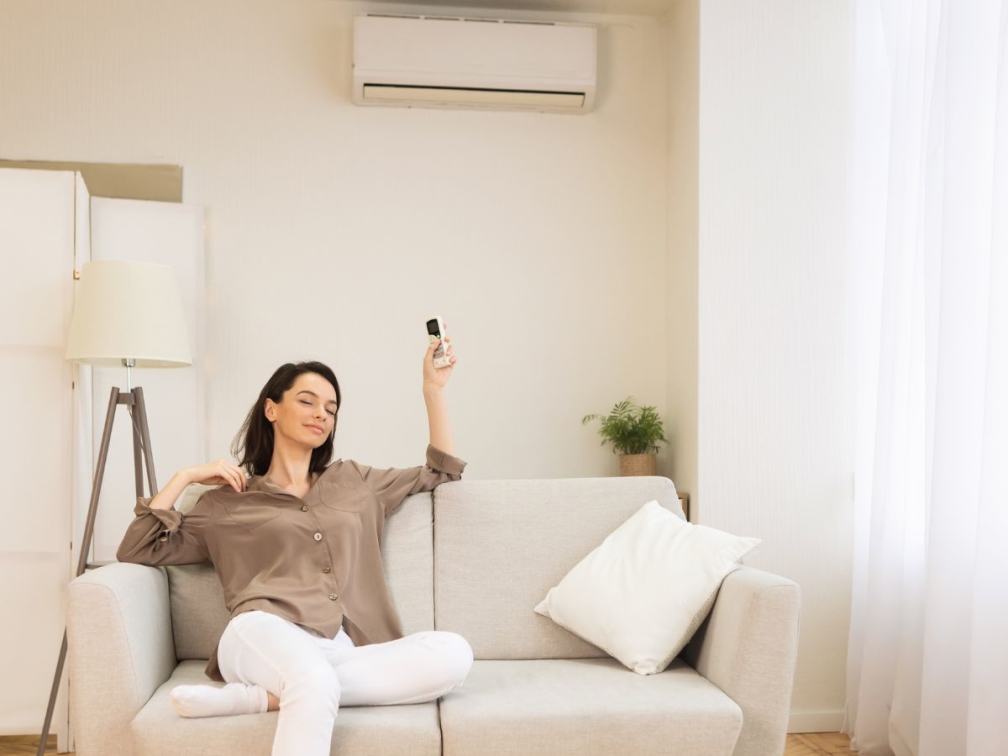Multi Split System Air Conditioner - What Is It And Do I Need One?
- Written by NewsServices.com

When choosing an air conditioner for a residential apartment, townhouse or home, it can seem like there are many types of air conditioning systems that meet different requirements. Being informed about the different types means that you can make the best purchase decision for your dwelling and lifestyle. In this article, we will cover explicitly what a multi split system air conditioner is and the benefits and considerations of this type of system.
What Is A Multi Split Air Conditioner
A multi-split air conditioner is one of the most prominent types of air conditioning systems in homes throughout Australia because they are efficient and cost-effective and often much quieter than portable, window and wall air conditioners. They work by taking the warm air from inside the home and run it through a fan coil before circulating cool air back inside the house. The reverse happens during winter to warm your home. Modern air conditioners will have sensors that detect the temperature of each room and will make automatic adjustments to reach the temperature that has been set on the thermostat perfect for air conditioning hamilton.
There are, however, two types of split system air conditioners - multi-split and single-split and they often come with beneficial features such as air purifiers, motion sensors, Wi-Fi and timed off switches. Up to five indoor units can link to one outdoor unit which is where the power cables and condensate drain lines connect.
Single Split Versus Multi Split Air Conditioners
A single split air conditioning system has one separate indoor and one outdoor unit which can be installed discreetly depending on the design and layout of your home. As a single split air conditioner only has one unit, it often requires fewer pipelines which equates to less work and therefore cheaper to install.
A multi-split air conditioning system has numerous air outlets and allows you to cool several rooms at a time as the system is connected to one compressor. Typically, you can connect two to five units to a single compressor and they can be mounted to the wall, ceiling or free-standing and connected by refrigerated pipes and cables to the outside unit.
Benefits of Single and Multi Split Air Conditioners
-
- Quicker and easier to install as they don’t require ducts (compared to ducted air conditioning)
-
- Lower installation costs
-
- Lower maintenance costs
-
- No windows required - small holes are needed to connect the indoor unit to the outdoor unit
-
- Cool or heat multiple rooms via the one compressor unit
-
- Greater energy efficiency
-
- Some have advanced features such as Smartphone control or movement detectors
Considerations of Single and Multi Split Air Conditioners
-
- The outdoor compressor unit has to be placed within close proximity of the indoor unit which can pose challenges for apartments or two-storey homes
-
- The outdoor compressor unit can be bulky and an eyesore so installation away from outdoor entertainment areas is advised
-
- If the compressor breaks down or repaired, the indoor units will not work
Installing a Multi Split Air Conditioner
When adding a multi split air conditioner to your residential dwelling, it is best to have a professional install it. Elements such as special refrigerant gas and the electrical components
require a licensed air conditioning installation professional.
The indoor unit(s) should be installed as close to the ceiling as possible to amplify the cooling efficiency as cool air is heavier than warm and will fall from top to bottom naturally.
The placement of the outdoor compressor unit should be determined beforehand, in a place that is ideally away from outdoor entertainment areas and can be surrounded by plants or other items to camouflage the system. Out of direct sunlight is another thing to think about and always install the unit on a flat and stable surface. Alternatively, installation against a wall should be done with robust materials to mount the unit using sturdy brackets.
If you are cooling or heating a large or multi-story home, townhouse or apartment, you may require more than one outdoor unit to allow for the piping to run as close from the indoor unit to the outside unit as possible.







